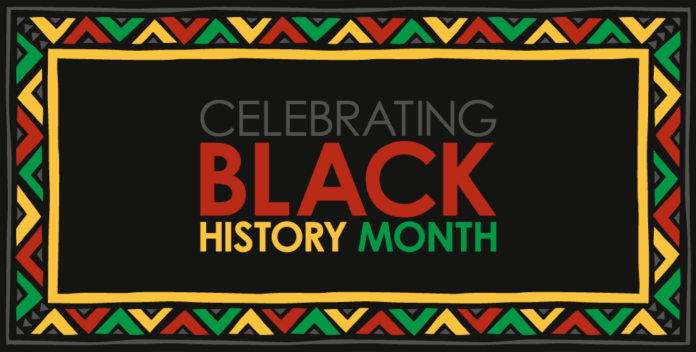Black History Month
By Barbara Heimlich
Editor
Sources: The Gilder Lehrman Center for the Study of Slavery, Resistance, and Abolition; The Whitney and Betty MacMillan Center for International and Area Studies at Yale University.


Connecticut was a colony with slaves. That sentence doesn’t look right, doesn’t feel right. And yet, in the Bush (Yes, that Bush family) homestead in Greenwich and in hundreds of other households across the colony, the slavery of Africans and African Americans was a fact of everyday life.
Connecticut’s economic system was built, and prospered on the backs of slaves.
Within 120 years of English settlers’ arrival in the 1630s, the Connecticut colony was booming. Connecticut, says one historian, “was designed by God for trade.” With 254 miles of Atlantic coastline and 60-mile-long rivers snaking inland, the colony was perfect for marine transport and small, fast ships. Even in its earliest history, Connecticut was part of a larger economic system that included slave labor: when the great city of Hartford was little more than a raw fort, a ship from Wethersfield was already ferrying onions and a horse down to Barbados, where African slaves worked the sugar plantations.
Connecticut grew crops, raised cattle and felled logs to send to the West Indies, because many Caribbean islands, though capable of growing their own food, were busy growing the vastly more profitable sugar cane. It would be more accurate to say that enslaved black people, in a labor that often killed them, were growing that sugar cane. And Connecticut was feeding them.
Connecticut Was the New World’s Leading Distillery
That sugar cane, produced by captive Africans, was brought north to the Connecticut colony as molasses and sugar products, which were distilled into rum in such quantities that Connectictut became the New World’s leading distiller. (There were 21 distilleries in Hartford County alone.) The fortunes of many of Connecticut’s earliest leading citizens were made through the British colony’s involvement in the transatlantic slave trade.
With wealth coming from the food, lumber and livestock that settlers were able to wrest from the land and send to the West Indies, there was money to develop the North American colonies. But who would do the work? There were farms to tend, stone walls to build, ships to manufacture, roads and wharves and houses, all to be made by human hands…
Enslaved black men and women and even children appear in the accounts published in old newspapers, court records, diaries and letters. One remarkable captive from Ghana, a man named Venture Smith, left an account of his life in slavery and freedom that is rich with detail.
From the narrative of Venture Smith, from the diary of New Londoner Joshua Hempstead, and from the pages of the New London Summary (among other sources), we know that enslaved people worked on farms, in shipyards, as household servants, and that their labor was often shared among white landowners. We know that they lived in many places throughout the colony, and that their labor was sought-after. When they tried to run away and escape their captivity, their owners advertised for them.
In most newspapers you’ll see ads at the back of an issue, listing items for sale, public announcements, or items and services that people are looking to buy. You would probably be shocked to find an advertisement announcing a human being for sale, or a notice of a slave that had run away, but such ads were commonplace in newspapers published in the eighteenth century in the United States, even in northern states like Connecticut.
Sometimes they were freed when their owners died, but there is also evidence from wills and probate documents that slaves were passed on through generations of families.
In the mid-1770s, there were about 5,100 slaves in the Connecticut colony and they comprised approximately three percent of the population. Three percent does not sound like a big number, but 5,100 does. It was, then, perfectly legal to participate in the slave trade, to buy and sell enslaved people, and to own them. Indeed, many Connecticut ministers, farmers, and businessmen did. Slave ownership was not the province of just the wealthiest families.
Southern Slaves vs Northern Slaves
Which brings us back to labor. Throughout the eighteenth century, a new world was being created on this soil. In the South, black people would become identified with agricultural work, with the growing of rice, cotton, tobacco, indigo and other products. Here in stony Connecticut, enslaved black men did work, in large numbers, on farms. But they also built barrels, shoed horses, rolled casks across wharves, dyed cloth and raised barns. The women made medicines, tended children, cooked, cleaned, milked cows and made clothes.
The stories of Connecticut’s captives are embedded in many records that survive from the long ago. They have become shadowy figures to us, their lives and their labors submerged in the narrative of a wealthy colony that later became a wealthy state and a national powerhouse.
But they are there, and if we want to see and understand them, all we have to do is look.

